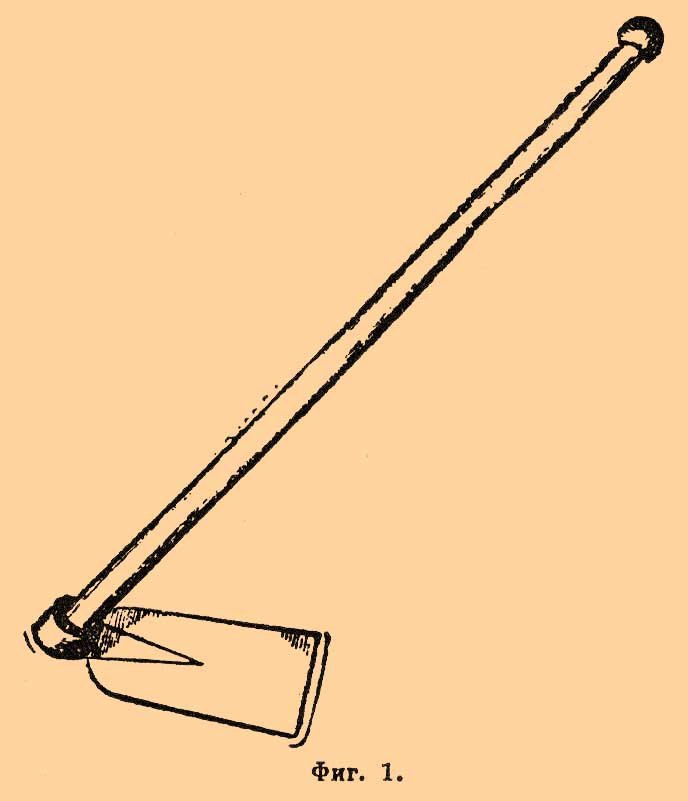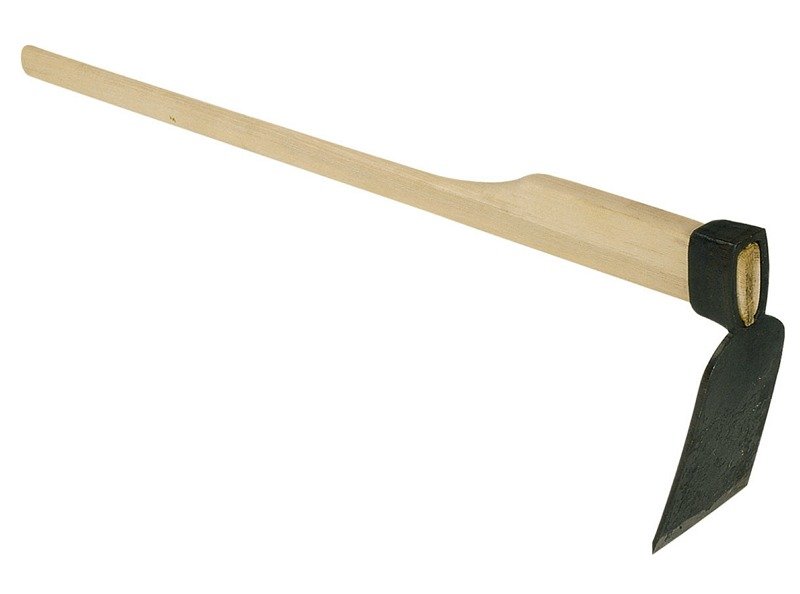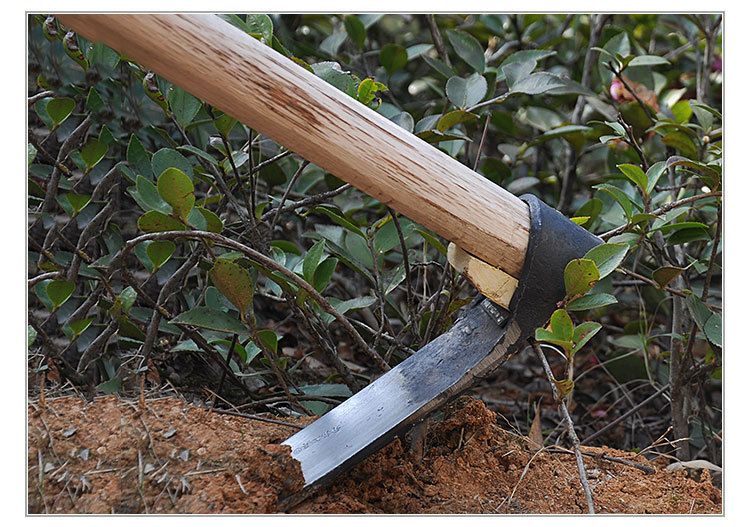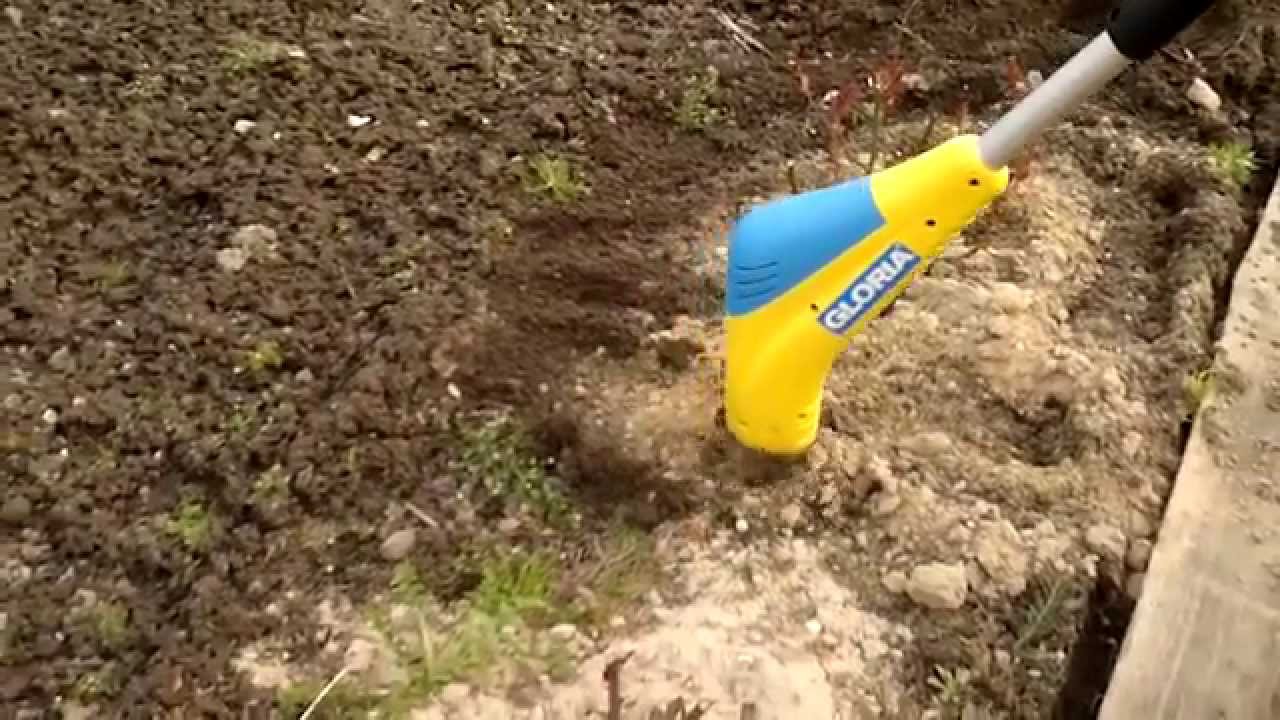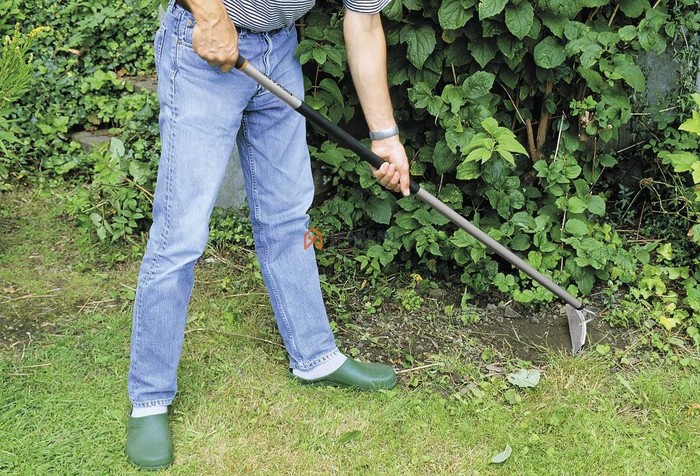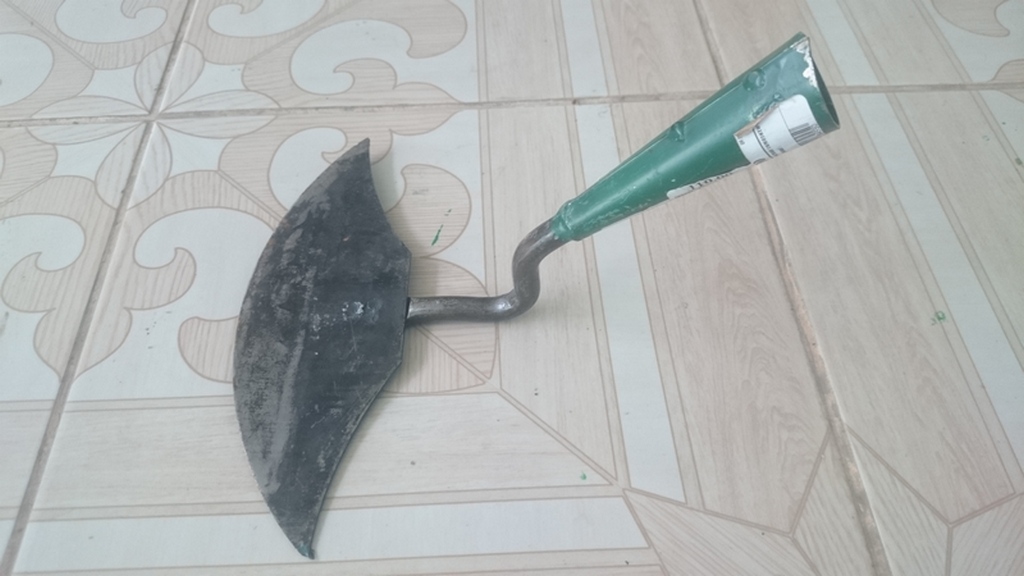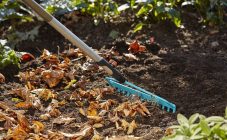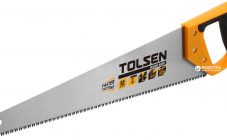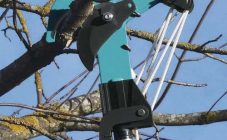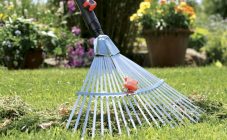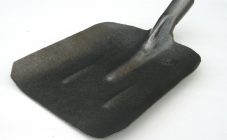Content:
The hoe is a common gardening tool that has been used by humans for several millennia, which makes it one of the oldest agricultural implements. Hoes are bought mainly for cleaning beds from weeds, hilling, loosening and creating beds and holes. The article tells what this tool is and how to work it correctly, and for dessert - how to make a hoe with your own hands.
What is a hoe
This popular garden tool is a self-sharpening wedge with cutting edges. The hoe is convenient to use, since all 3 sides of it take part in the work at once. The tip of the tool penetrates well even into very dense and heavy soil, loosening the top layer of the soil and at the same time forming grooves into which seeds are sown during spring cultivation. The hoe can also be used to cut grass, and in a fairly large size. However, during this work, the soil layer does not turn over, unlike if this procedure is carried out using a cultivator.
Practical application of the hoe
Despite the presence of a large number in stores of modern technology, many farms and even more so summer residents continue to use the hoe. This is explained by the fact that this tool can be purchased at an affordable price or even built by hand (more on this below), which cannot be said about new units. In addition, with the correct use of a hoe (this is how a hoe is most often called in Russia), the work does not bring discomfort, does not require much time and, most importantly, effort.
To work with a hoe was convenient, first of all you need to pay attention to the handle. It must correspond to the physique of the person who will use it to work in the garden. You also need to remember that hoes can be used for different purposes, and they are all designed for specific jobs.
The so-called Dutch model is much better organized. Its main difference from the universal hoe is that it has one hole in the working surface. It is intended to lighten the entire structure. In addition, the soil is sieved with such a hoe.
It is best to use a wide garden hoe in the garden. It is well suited and very convenient for hilling rows. At the same time, experts advise using this tool with a wide blade on sandy loam soils, and on a heavy or rocky soil, on the contrary, with a narrow one.
There are also convenient hoes for gardening work. Many summer residents, due to lack of land, plant the plant very densely, which creates some problems during weeding and loosening. Here narrow and elongated hoes can come to the rescue. They easily and quickly remove weeds, loosen the soil and at the same time, due to their size and shape, do not touch the cultivated plants growing on the site.
Summer residents can also change the tool on their own. For example, you can make the necessary and convenient bend or a round knob at the end of the hoe with your own hands.
What other types of hoes are there
Recently, modern tools have appeared in specialized stores that allow you to work the land without much effort. These innovations include petrol hogs, motor hogs and electric hogs.
The petrol hopper is a very complex garden roller mechanism, which consists of an internal combustion engine, a powerful drive with several titanium nozzles of various types and a supporting frame. It helps well during loosening, chopping. Even a woman can easily handle a gasoline hoe, since all the controls for this tool are located on the handle. Another plus is the presence of a folding frame, which allows you to transport the unit in the car.
The electric hoe is a tool commonly used in gardening. The difference between the petrol hog will look like it runs on electricity, as a result it is not convenient to use it in the field and at distances far from home facilities. Externally, it resembles the trimmer used for cutting grass. It is an elongated rod with two handles, equipped with an electric motor.
All electric hoes are divided into 2 types: with special pins-fingers and with special knives-cutters. But their purposes are the same - cutting grass, cultivating and loosening the soil, applying fertilizers, planting garden and garden plants, creating holes and bulk edges.
A gasoline hoe is another almost indispensable tool for a gardener. Used in the garden as well as in the vegetable garden. It has a milling cutter that allows you to perform a large scope of work. In other words, the moto-hoe is a mini-cultivator, only this one runs on gasoline. Most often, it is used during cleaning the site after winter, loosening the beds and weeding, for mowing the lawn.
What is the difference between a hoe and a hoe and a flat cutter
All three tools are widely used in agriculture, but they all have a different shape of the working surface, which ultimately creates different movements during tillage.
For example, using a flat cutter instead of a hoe will be ineffective, since only a hoe can cope with putting in order an abandoned area, which, for example, is overgrown with weeds. A hoe or hoe allows you to better destroy weeds on paths and between plants. It is also suitable for destroying the growth of raspberries, blackberries, raspberries, cherries.
In turn, the Fokin flat-cutter is used mainly to combat young and weak weeds. A hoe is a tool that is only suitable for hilling potatoes, tomatoes, or for creating ridges and sides. In some cases, summer residents use hoes to weed the garden, but this is not as effective as if they work with a hoe.
Characteristics of the plane cutter Zholobov
This tool is mainly used to control small and weak weeds. It is very simple to work with Zholobov's hoe: the farmer carries out reciprocating movements, ironing the soil. During this process, the soil is loosened and weeds are removed with a knife. This tool has many advantages:
- cheap and easy to manufacture and use;
- the load is distributed to both hands thanks to the comfortable handle;
- the employee spends less energy, in contrast to doing the same work with a hoe;
- high speed of work;
- work is done without significant inclinations (the spine is straightened).
However, despite this, the tool has disadvantages.It has a large weight (10 kg of iron), can only be used on leveled areas, it is not convenient to work between rows of plants. As a result, due to a number of shortcomings, this tool is significantly inferior to hoes and hoes, which makes it less popular among gardeners and gardeners.
Do-it-yourself garden chopper
To give a garden hoe, you can build yourself. Most often, at home, a hoe is made from a shovel. For manufacturing, you will need an ordinary bayonet shovel (preferably a stainless steel) with a handle. With the help of a grinder, the lower part is cut off from it, as a result, a triangle is obtained. Next, the burrs are removed with a file and two holes are made to secure the metal holder. A wooden stick is inserted into the holder - the do-it-yourself hoe is ready.
How to sharpen a hoe
Many gardeners are interested in how to sharpen a hoe correctly. This should be done at least once a season for prevention purposes. To sharpen a tool, you need to know what a hoe is and how it works. In this case, as a rule, a coarse-grained bar is used. It is carried out along the very edge of the blade, keeping at an angle of 8 °. Before sharpening, the sharpener is moistened with water.
Hone the hoe from the center to the corners. A well-sharpened hoe will be sharp and shiny, but the edges should still not be too sharp. Do not worry if they nevertheless become very sharp, since after a few days of active work they will become a little dull.
Every gardener has a classic hoe. She faithfully serves regularly for years, requiring no maintenance like a motorcycle or electric hoist. It only needs to be sharpened periodically and properly stored in winter so that it does not become dull. It costs a penny, and if they are not there, then the instrument can be made by hand. Isn't it a miracle thing?
